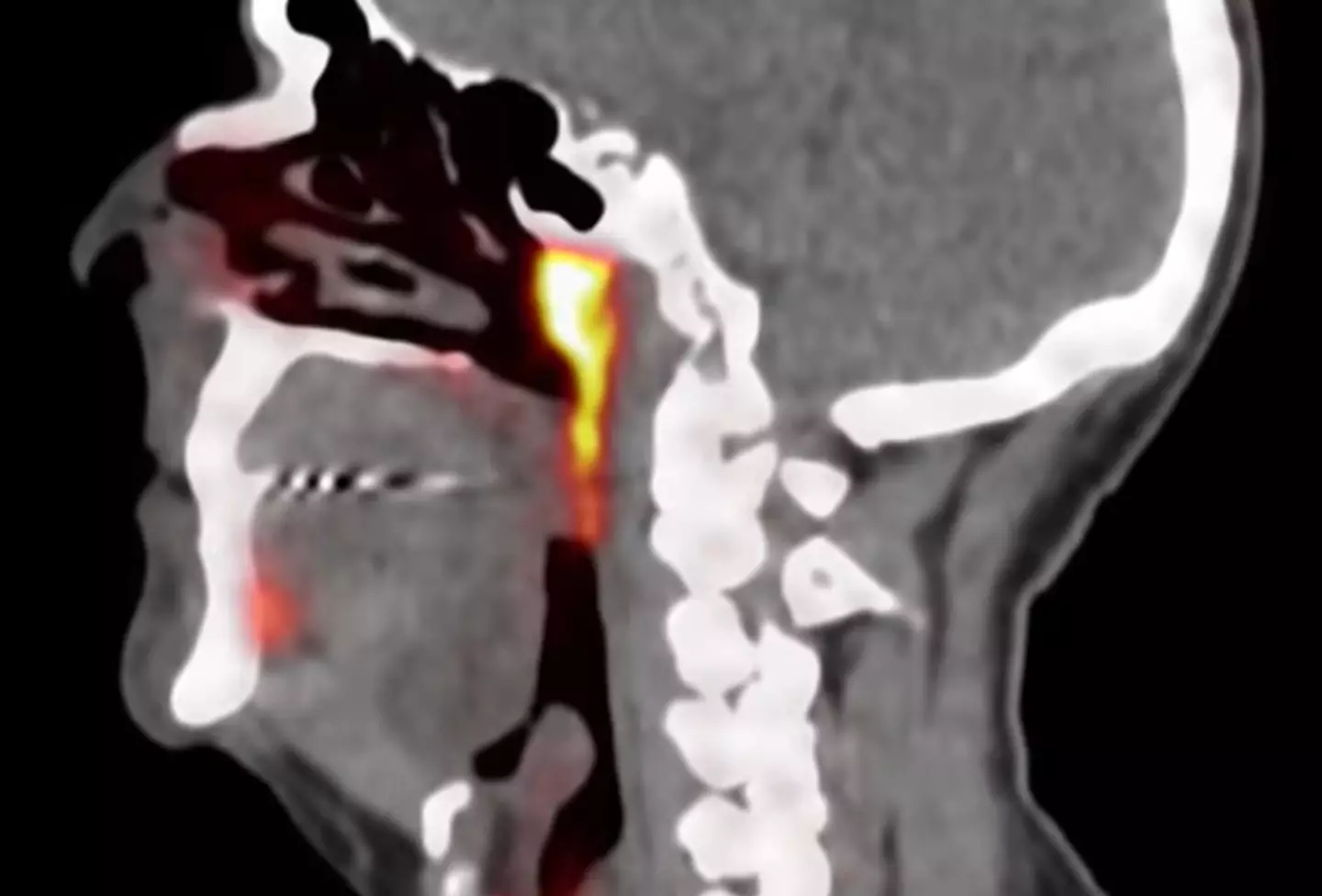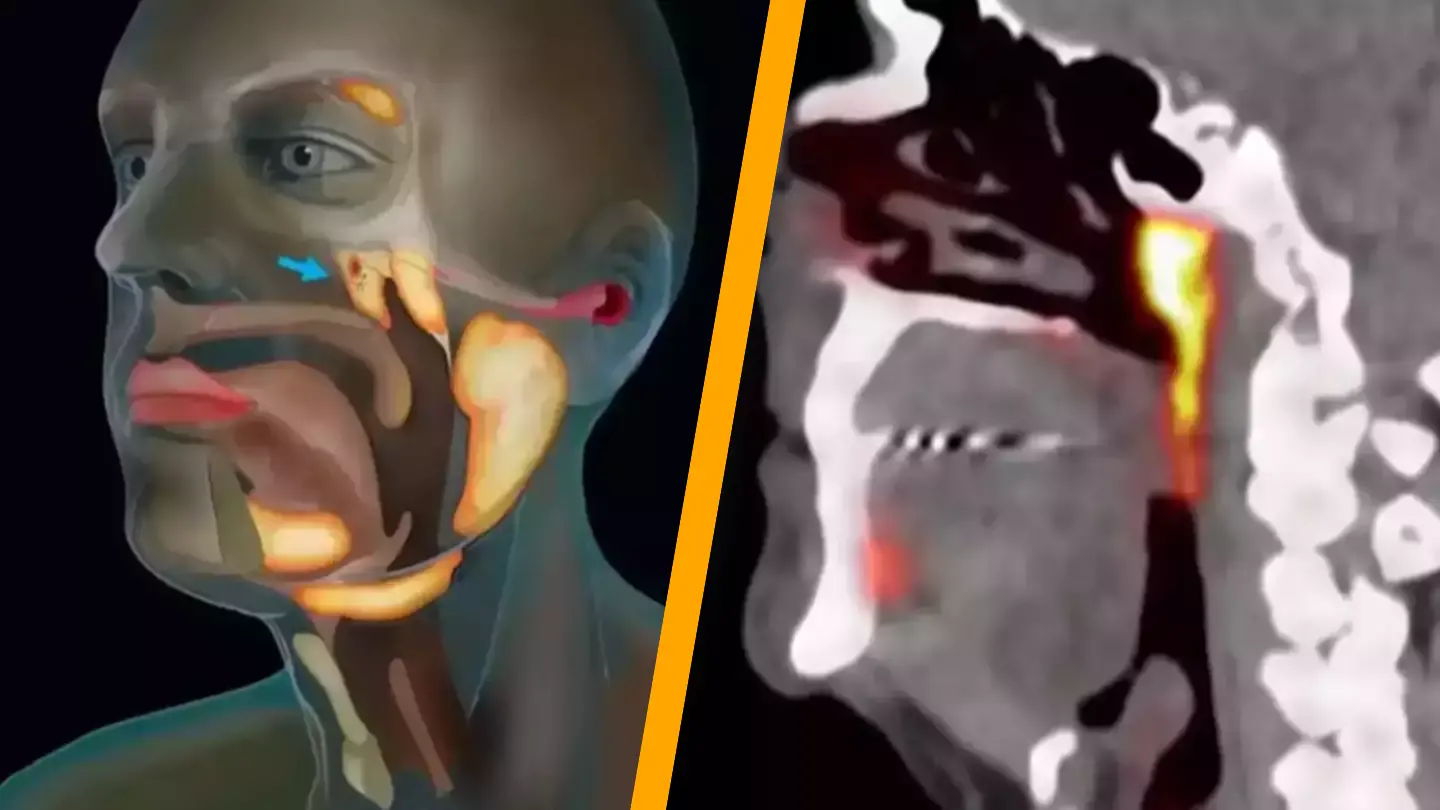For many years, the human body has been an intriguing subject of scientific exploration. You’d think by now we would have a complete understanding of its internal components, given the extensive research and dissections carried out over the years.
We know about the 206 bones, the heart, brain, blood, and muscles, among other body parts. With such thorough examination, it’s surprising that scientists found a previously undiscovered organ just four years ago.
This revelation was unexpected even for the researchers, as they weren’t deliberately searching for a new organ at the time. Like most people, they likely assumed we had a full understanding of the human anatomy.
Instead, researchers in the Netherlands made the discovery while investigating prostate cancer.
This might lead you to guess where the organ is, but it’s not where you might think.
The newfound organ is actually situated just beneath the face, an area we’ve been looking at all along.
So, how did the researchers come across this organ?
The breakthrough occurred when scientists at the Netherlands Cancer Institute conducted CT and PET scans on patients who had been injected with radioactive glucose, which causes tumors to glow on the scans.

During the analysis of the scans, the researchers observed two glowing areas within the patients’ heads.
The glow pointed to a set of salivary glands hidden in the area, and further investigation confirmed their existence.
Upon identifying the organ, the researchers named it the ‘tubarial salivary gland’.
These glands are located behind the nose, where the nasal cavity meets the throat, and their function is to ‘lubricate and moisten the area of the throat behind the nose and mouth’.

Dr. Wouter Vogel, a radiation oncologist at the Netherlands Cancer Institute, noted that the reason these glands remained undiscovered for so long is likely due to the necessity of ‘very sensitive imaging’ to detect them.
Additionally, the glands are ‘not very accessible’.
“People have three sets of large salivary glands, but not there,” he explained.
“As far as we knew, the only salivary or mucous glands in the nasopharynx are microscopically small, and up to 1,000 are evenly spread out throughout the mucosa. So, imagine our surprise when we found these.”
This accidental discovery holds potential benefits for cancer patients, as it could reduce complications from radiotherapy. Researchers believe that many radiotherapy-related issues might be linked to the tubarial salivary glands.

